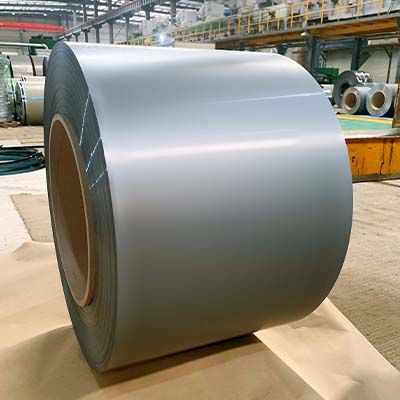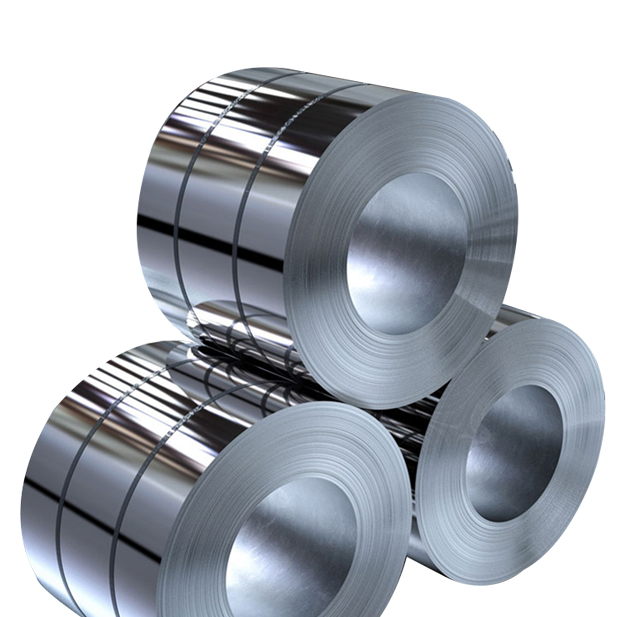Steel lamination is a specialized technique that involves bonding layers of steel together to create a composite material with enhanced strength, durability, and specific properties. This process finds extensive use in automotive, construction, and manufacturing industries, where the demand for robust and high-performance materials is paramount.
Benefits of Steel Lamination
Increased Strength: The layering of steel sheets improves the overall strength of the material, making it more resistant to bending, impact, and fatigue.
Enhanced Durability: Steel lamination provides excellent resistance to corrosion, wear, and environmental factors, extending the lifespan of the material.
Customized Properties: By selecting different grades of steel and adjusting the layering process, specific mechanical, thermal, and electrical properties can be achieved.
Step-By-Step Steel Lamination Process
Step 1: Surface Preparation
- Thoroughly clean the steel surfaces to remove any dirt, grease, or contaminants that could hinder bonding.
- Use abrasive techniques like sanding, grinding, or chemical cleaning to achieve a smooth and clean surface for optimal adhesion.
Step 2: Application of Lamination Material
- Apply a thin layer of adhesive or bonding material evenly on one steel surface.
- Align and carefully place the second steel sheet on top of the adhesive layer.
- Apply pressure to ensure intimate contact between the surfaces and remove any trapped air or excess adhesive.
Step 3: Heat Treatment
- Transfer the laminated steel assembly to a controlled heat source, such as a furnace or oven.
- Heat the material to a specific temperature range suitable for the selected bonding material, ensuring proper curing and bonding between the steel layers.
- Maintain the temperature for a specified duration according to the adhesive manufacturer's recommendations.
Step 4: Cooling and Inspection
- Gradually cool down the laminated steel assembly to room temperature to stabilize the bonded layers.
- Inspect the lamination for any defects, such as delamination, voids, or irregular bonding.
- Utilize non-destructive testing methods like ultrasonic or visual inspection to ensure the quality and integrity of the laminated structure.
Step 5: Finishing Touches
- Remove any excess adhesive or rough edges by sanding or machining, achieving a smooth and aesthetically pleasing surface.
- Conduct final quality checks, including dimensional accuracy, surface finish, and overall appearance.
- Prepare the laminated steel for subsequent processing, such as machining, forming, or coating, based on the specific application requirements.
Common Applications of Steel Lamination
Electrical Transformers: Steel laminations are widely used in transformer cores to minimize energy losses and improve efficiency.
Automotive Industry: Laminated steel sheets find application in-vehicle components like chassis, suspension parts, and body reinforcements, enhancing crash resistance and overall safety.
Construction Sector: Steel lamination is utilized in structural components, bridges, and high-rise buildings to enhance strength and structural integrity.
Manufacturing and Machinery: Laminated steel plays a vital role in various machinery parts, equipment frames, and tools, ensuring high performance and reliability.
Conclusion
Ultimately, by leveraging the knowledge and recommendations presented in this comprehensive guide, industry professionals can optimize their steel lamination processes, resulting in high-quality, reliable, and durable products. Aokelan offers top-quality steel lamination that can serve as a valuable tool for those seeking to achieve excellence in steel lamination, contributing to overall industry growth and customer satisfaction.






